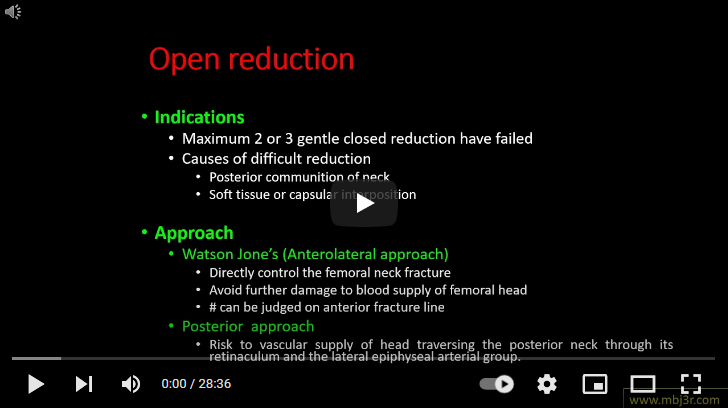


Younger patients (from 20 to 50 years of age) – high-energy vehicular trauma or falls from significant heights, Older patients (from 60 to 80 years of age) – low-energy falls and concomitant osteoporosis Posterior column: Quadrilateral surface, Posterior wall and dome, Ischial tuberosity, Greater/lesser sciatic notches Anterior column: ilium (gluteus medius tubercle), Anterior wall and dome, Iliopectineal eminence, Lateral superior…
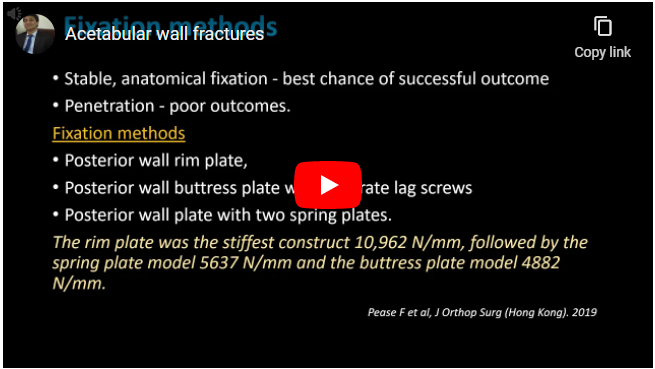
Posterior wall of the acetabulum – most common Indications for operative intervention are Hip instability demonstrated on EUA, Hip incongruency due to intra-articular fragments, Fractures involving >50% of the posterior wall Dynamic fluoroscopic stress testing under general anaesthesia should be the preferred method for the determination of hip stability status after posterior wall fractures of the acetabulum Kocher Langenbock Approach…
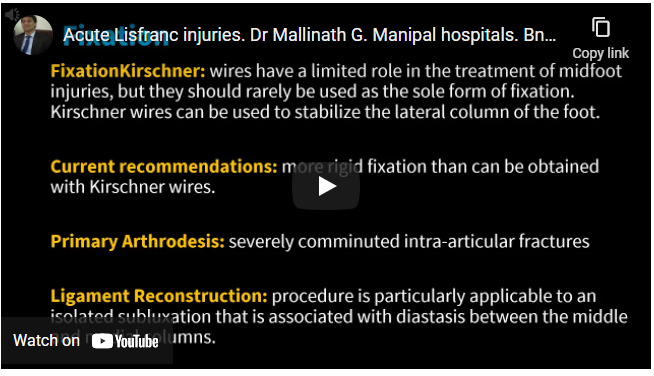
Lisfranc injury is a tarsometatarsal fracture dislocation characterized by traumatic disruption between the articulation of the medial cuneiform and base of the second metatarsal Easily missed on radiographs May take form of purely ligamentous injuries or fracture-dislocations Hardcastle & Myerson classification For stable injuries treat non operatively with POP Operative management : closed reduction and percutaneous pinning or open reduction…
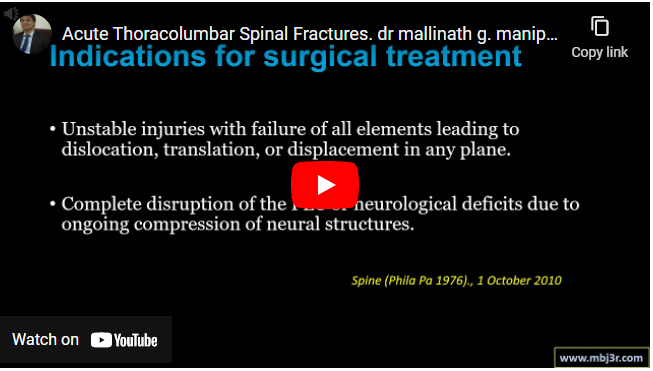
Most acute thoracolumbar spinal fractures are located at the thoracolumbar junction (T10-L2). Plain radiographs in combination with computed tomography allow proper classification in the majority of fractures Denis three column system Conservative management in patients with intact neurological status and mechanically stable fracture Unstable injuries with failure of all elements leading to dislocation, translation, or displacement in any plane, disruption of PLC…
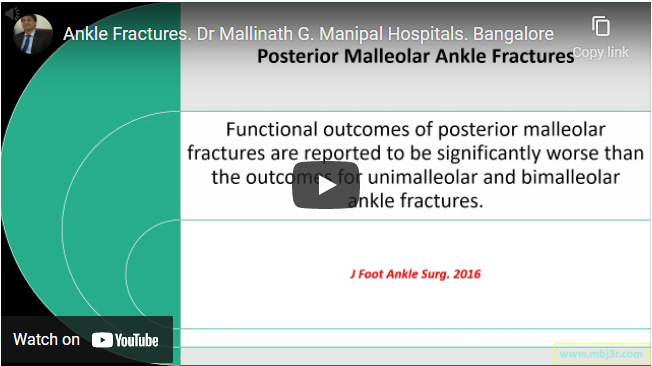
Lauge Hansen classified ankle fractures based on position of foot and direction of force into Supination adduction, pronation abduction, supination external rotation and pronation external rotation types Newer addition to this classification include vertical compression and unclassified types Indications for surgery include displaced fractures, unstable mortise with bi/tri malleolar fractures Outcomes associated with the use of a biodegradable plate and…
